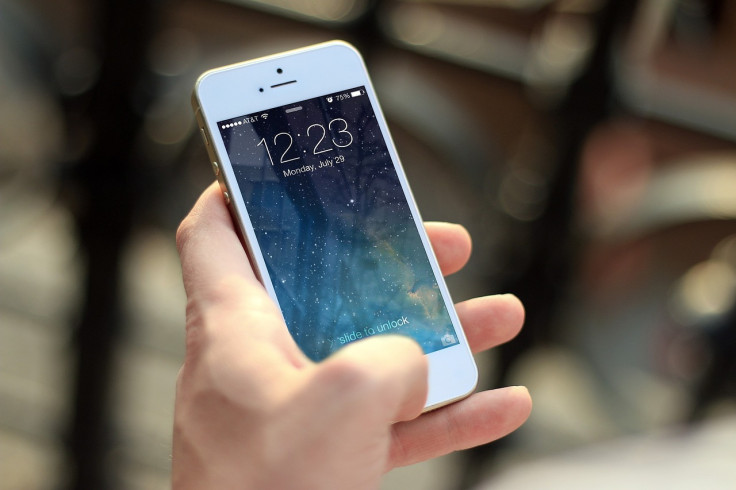Decoding Smartphones: Understand What You're Getting
A quick trip to your local Android or Apple store to upgrade your phone probably won't take you long. You'll put what you have on the table, and they'll give you the Next Big Thing with maybe a few variants or special features to pick from. That's the end of the conversation. Unless you're a tech junkie or in the industry yourself, getting further into the specs will be difficult, but it's important to make informed decisions.

Tech comparison sites like nanoreview.net can be a lifesaver in these situations, but before you get to that, start by thinking about what you really need and want in a phone.
Start With the Big Picture
Alternatively, start with the little picture if what you're looking for is a smaller phone. More importantly, what kind of screen size, feel, and features are you looking for? You'd be surprised just how much big questions like this can narrow down your options. There's no point getting into processors, battery life, and camera quality if you end up comparing phones you won't actually be considering when it comes down to it.
Phones have been trending larger in the past few years but also relatively narrower in some cases. If you're used to the phones from a few years ago, some modern phones might feel like a TV remote in your hand. Some of you might still be used to even small phones from decades ago. Before starting a conversation at a phone store, look at what they have on display and see how they feel in your hands. You're choosing your screen size, too, so make sure you're comfortable with the area you'll be using.
Know how important a great camera is to you before you start shopping. Camera quality has become a defining attribute of modern phones. If you aren't someone who takes a lot of pictures, there could be a chance to be frugal here. If you're an Instagrammer who posts multiple selfies or scenes every day, make the camera a priority. A TikTok enthusiast might want a folding phone that can stand on its own or one with advanced video software.
Some phones will have special features, like the stylus stashed in the corner of some cutting-edge Android phones. Stylus tech has come a long way. You can now control the phone with stylus gestures like a magic wand or take pictures with a button on the stylus. If you have an open mind, ask about features like this.
After considering these things, you can answer a lot of questions: Android or iPhone? Large screen, small screen, or folding screen? State-of-the-art camera tech or not a big deal? Do you care about special features? Keep these answers in mind and move on.
Get Into the Specs and Make Your Decision
Now, search for the phones that match your criteria. An Android phone with a narrow screen and state-of-the-art camera would be the Samsung Galaxy S23. Checking this on a phone comparison site like nanoreview.net tells you that there's an S23 and an S23 Ultra. With a $400 price difference, the S23 Ultra has a longer battery life, a larger screen with higher pixel density, and a better camera. Is that worth $400 to you? An S23 Plus might make a good middle-ground if the camera isn't important to you. The direct comparison makes the decision point clear.
You can compare any phone, new or old, using this site. The important thing is to know what's important to you, narrow down your list, and then look at the comparison to decide. That way, when you're ready to commit to a new phone, you won't end up spending more on an upgrade that doesn't suit you.
© Copyright IBTimes 2024. All rights reserved.





